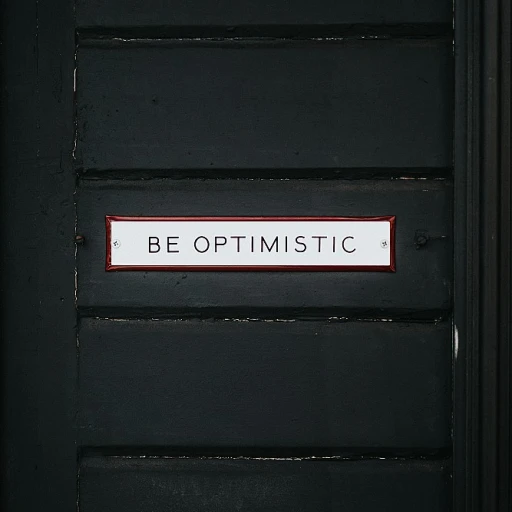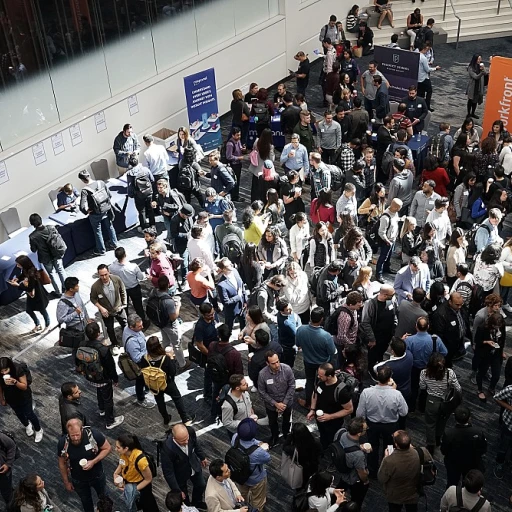
Defining Merit-Based Hiring
Clarifying the Essence of Hiring Based on Merit
Merit-based hiring is a process that focuses on selecting candidates based on their skills, experience, and qualifications, rather than factors such as personal connections or demographic characteristics. This system is built on the principle that job opportunities should be awarded to individuals who are most capable of performing the duties required by the role.
In traditional hiring practices, there's often an emphasis on educational qualifications. However, with a merit-based approach, the primary focus shifts to the candidate's performance, hands-on skills, and relevant experience. This shift addresses the growing demand for skills-based hiring, especially in industries driven by digital transformation.
Companies and organizations adopting merit-based hiring processes invest in comprehensive assessments and evaluation tools. These tools are designed to measure a candidate's competencies and potential for success within the company. By doing so, the hiring system becomes more fair and transparent, allowing talent acquisition teams to identify qualified candidates effectively.
Moreover, the federal government and many companies are moving towards removing degree-based limitations, instead focusing on the candidate's skills and ability to adapt to roles with relevant experience. This approach enhances the quality of hiring practices as it identifies the best candidates for the job, closing the skills gap and supporting organizational growth.
For those looking to innovate their hiring processes, understanding what merit in hiring truly involves is crucial. By embracing this system, a company can build a robust talent pool while promoting diversity, equity, and inclusion. If you’re looking to further explore the intricacies of implementing merit-based hiring, check out some effective strategies that you can integrate into your processes.
The Role of Merit-Based Hiring in Addressing the Skills Gap
Merit-Based Hiring to Bridge the Skills Gap
The concept of merit-based hiring plays a crucial role in addressing the skills gap observed across various industries today. Companies are increasingly shifting towards a hiring system that evaluates candidates based on their skills, performance, and experience rather than relying solely on traditional indicators like degrees. This approach ensures that the most qualified candidates are selected, optimizing both the talent pool and company resources.
By prioritizing skills-based assessments and performance evaluations over degree-based requirements, companies can create a more inclusive hiring system that identifies the best fit for a specific role. This shift is essential in ensuring that opportunities are fair and based on merit, leading to efficient talent acquisition and placement of individuals who are most likely to excel in their jobs.
In many cases, organizations are leveraging digital tools and machine learning in their hiring processes to create more objective merit-based opportunities. These technologies aid in examining skills and experience of job seekers, facilitating a fair assessment that transcends traditional hiring practices. This not only addresses existing skills gaps but also aligns with contemporary executive order principles, which emphasize the importance of skills and experience.
In conclusion, the move towards merit-based hiring practices serves as a strategic response to the widening skills gap. By focusing on what candidates can do rather than what degrees they hold, organizations can build diverse and competent teams equipped to meet evolving market needs. For further insights on how companies can effectively address the skills gap, you might want to explore the key traits required in human resources, which plays a pivotal role in this transformative process.
Challenges of Implementing Merit-Based Hiring
Overcoming Obstacles in Implementing Merit-Based Recruitment
While merit-based hiring offers a promising solution to the skills gap, its implementation is not without challenges. Many organizations face difficulties in ensuring that their hiring processes are grounded in objective assessments of skills and experience. Below are some of the critical hurdles they encounter:
- Bias in Hiring: Despite advancements in digital hiring tools and systems, unconscious biases can still influence decisions, leading to a less fair process. Companies aiming for a skills-based approach must implement controls to minimize bias in their assessments.
- Lack of Suitable Tools: Many organizations struggle with finding or developing assessments that accurately measure a candidate’s competencies. Companies often need to invest in or customize digital systems that align with their hiring processes to ensure the identification of qualified candidates.
- Resistance to Change: Transitioning from a degree-based to a skills-based hiring system often meets resistance. Organizations accustomed to traditional hiring practices may find it challenging to adapt to a performance-based approach.
- DEI Considerations: Achieving diversity, equity, and inclusion (DEI) goals can be complex in a purely merit-based framework. Companies must craft recruitment strategies that not only prioritize talent acquisition and skills but also support organizational DEI objectives.
- Resource Limitations: Implementing a comprehensive merit-based hiring strategy can be resource-intensive, often requiring time and investment in technology, such as machine learning-based systems, to fully realize its potential.
Companies determined to adopt merit-based hiring should focus on developing a robust system that emphasizes what merit truly reflects in the workforce. Addressing these challenges head-on will help organizations effectively apply a skills-based approach and align with broader trends in the federal government's push towards removing degree requirements as an opportunity to enhance workforce talent and inclusivity.
Strategies for Effective Merit-Based Hiring
Strategies for Streamlining a Skills-Based Hiring Approach
Implementing a merit-based hiring system necessitates a thoughtful strategy to effectively identify and attract qualified candidates. By focusing on talent acquisition through a skills-based lens, organizations can refine their hiring practices. Here are some strategies that companies can adopt:- Emphasize Skills over Degrees: Transitioning from a degree-based to a skills-based hiring process ensures a fair and inclusive system. This shift allows companies to access a broader talent pool, focusing on actual skills and experience.
- Utilize Objective Assessments: To accurately gauge candidate skills, leverage digital tools and machine learning systems for skills assessments. Such objective measures can support unbiased decision-making, enhancing the merit-based hiring process.
- Promote Continuous Learning: Encourage a culture of continuous learning within your organization. Providing training opportunities supports employees in upgrading their skills, aligning with the evolving demands of the job market.
- Update Job Descriptions: Craft job descriptions that clearly define skill requirements rather than emphasizing traditional educational qualifications. This attracts candidates who possess the relevant skills necessary for the role.
- Implement Fair and Equitable Processes: Ensure that hiring practices and systems promote equity. This aids in leveling the playing field for all candidates by reducing potential biases and fostering diversity, equity, and inclusion (DEI).
Impact on Workforce Diversity and Inclusion
Balancing Diversity and Inclusion with Merit-Based Hiring
Merit-based hiring is often seen as a fair and objective approach to talent acquisition, focusing on skills, experience, and performance rather than traditional metrics like degrees. However, its impact on workforce diversity and inclusion (DEI) is a topic of ongoing discussion. While merit-based systems aim to identify the best candidates for a job, they can inadvertently overlook the broader benefits of a diverse workforce.
Ensuring Fairness in the Hiring Process
One of the challenges is ensuring that the hiring process remains fair and inclusive. Companies must be cautious not to rely solely on assessments that may favor certain groups over others. For instance, digital skills assessments and machine learning algorithms used in hiring practices can sometimes reflect biases present in the data they were trained on. This can lead to a hiring system that inadvertently excludes qualified candidates from diverse backgrounds.
Strategies for Inclusive Merit-Based Hiring
To address these challenges, organizations can implement strategies that promote both merit and diversity. This includes:
- Using a combination of skills-based and experience-based evaluations to assess candidates.
- Incorporating DEI principles into the hiring process to ensure a broad range of perspectives.
- Regularly reviewing and updating hiring practices to remove biases and promote fair opportunity.
Impact of Federal Policies
Federal government policies, such as executive orders promoting diversity in hiring, can also influence how companies approach merit-based hiring. These policies encourage organizations to look beyond traditional metrics and consider the broader impact of their hiring decisions on workforce diversity.
Conclusion: A Balanced Approach
Ultimately, the goal is to create a hiring system that values both merit and diversity. By doing so, companies can build a more inclusive workforce that leverages the full spectrum of talent available. This balanced approach not only addresses the skills gap but also fosters an environment where all employees can thrive.












